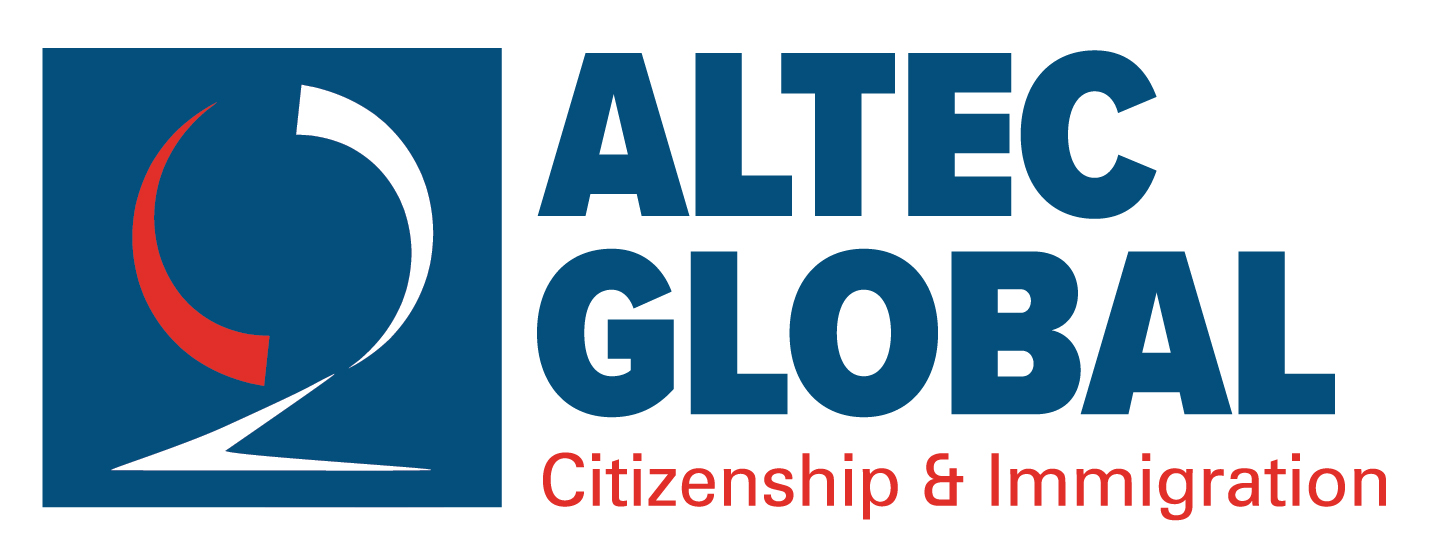Quebec boasts a low unemployment rate and a record amount of job openings to begin the year. The provincial and federal administrations have proposed a number of initiatives to assist immigrants in order to overcome labour shortages.
The epidemic has altered the labour market in Quebec. According to a report by the Institute du Québec, public health interventions have exacerbated already existing labour market inequalities and created new issues.
In order to comprehend the current status of the labour market, the research titled Bilan 2021 de l’emploi au Québec: Transformations sectorielles et déficit de compétences en view poses major questions that have evolved during the pandemic.
Labour market challenges expected in 2022
According to the analysis, as employees reach retirement age at a period of significant job vacancies and low unemployment, Quebec’s ageing population will continue to have an impact on labour supply. Some workers, such as those in the 55+ age bracket, are still on the job market, and it may be tough to persuade early retirees to return.
Furthermore, even beyond the epidemic, the lodging, food service, and retail industries may face continuous recruitment issues, forcing businesses to reassess their business models.
Quebec’s immigration measures to address labour shortages
Quebec is taking steps to solve labour shortages, including raising immigration quotas and making it simpler for firms in need of temporary foreign workers to hire them.
According to Quebec’s Immigration Levels Plan, which was issued on October 28, 2021, the province will welcome 52,500 new permanent residents in 2022. In order to meet the admission levels that were not met in 2020 because of the COVID-19 pandemic, the levels plan additionally asks for an additional 18,000 admissions. This means that in 2022, Quebec might welcome more than 70,000 newcomers.
In addition, a variety of policies for temporary foreign workers have been implemented in Quebec. Certain Quebec workplaces can now sustain up to 20% temporary workers, up from 10% previously. This measure applies to companies in hard-hit industries like retail, lodging, and food services, among others.
The entire immigrant employment rate was about 83 percent at the end of 2021, up from roughly 78 percent in 2019.
If you want to know more information about Canadian immigration, do not hesitate to book an appointment for professional consultation for your most suitable path!




Recent Comments